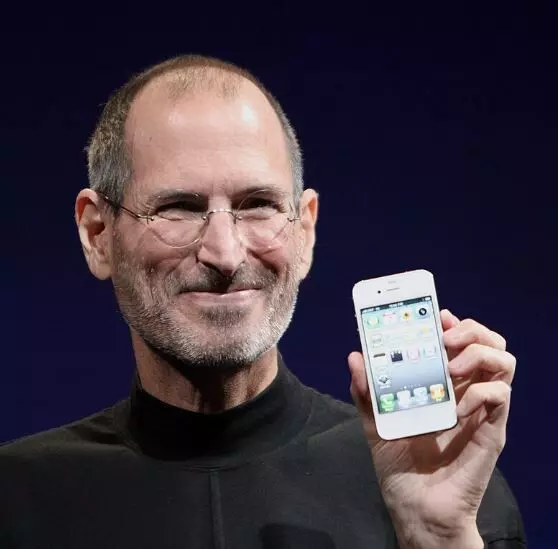Apple, a Decade Ago, Successfully Encouraged Phone Locking!
In the early 2010s, passcodes were available but cumbersome to use. Many users refrained from setting them up, especially since phones contained less sensitive data.
image for illustrative purpose

Today, nearly every phone boasts fingerprint and face scanners along with various PIN options. Setting up security measures is now commonplace, a stark contrast to a decade ago when phones primarily prevented accidental calls. In the early 2010s, passcodes were available but cumbersome to use. Many users refrained from setting them up, especially since phones contained less sensitive data. In 2013, Apple introduced Touch ID with the iPhone 5S, revolutionizing biometric security and streamlining device access.
This innovation quickly influenced other manufacturers, like Samsung and Sony, to incorporate fingerprint scanners. Moreover, Touch ID facilitated secure transactions, paving the way for broader adoption of biometrics in apps and online services. As a result, our smartphones now store a wealth of personal data, necessitating a continued focus on security and privacy. While Touch ID wasn't the first fingerprint scanner, it redefined the technology's usability. Today, nearly everyone secures their devices, with fingerprint scanners being one of the preferred methods. Touch ID's impact can still be seen in smartphone design, as fingerprint scanners are often located conveniently at the bottom of the screen. Although it's uncertain whether this feature boosted secure app adoption, it did encourage users to handle sensitive tasks on their phones. While encryption protects against remote access, locking the device remains the primary security measure. Interestingly, iPhones have phased out fingerprint-based identification, favoring Face ID since the iPhone X's debut in 2017. Although Android introduced facial recognition earlier, Apple's Face ID excelled in simplicity and efficiency. Rumors suggest a return of in-screen Touch ID, but regardless of the method, Apple has successfully ingrained the habit of locking our phones.

